"Zakhar Ivanovich" or "three-ton" - truck ZIS-5
ZIS-5 ("three-ton", "Zakhar", "Zakhar Ivanovich") - Soviet truck with a carrying capacity of 3 tons; the second most popular truck 1930-1940-s (the first place was occupied by GAZ-AA). During the Second World War - one of the main vehicles of the Red Army. Produced at the Stalin Automobile Plant from 1933 to 1948 year. During the war, a simplified military modification of the ZIS-5В was produced by the ZIS plants (1942 — 1946) UlZIS (1942 — 1944 years) and UralZIS (1944 — 1947 years).
In 1931, the Automotive Moscow Society (AMO) plant was rebuilt, and proceeded to build a new AMO-2 truck. Units and components for the car was delivered from America. Soon AMO-2 was modernized, and AMO-3 and AMO-4 saw the light. AMO-3 (tonnage of tonnage 2,5) in 1933 plant was again seriously upgraded. The new car was named ZiS - Plant named after Stalin. Unlike its predecessor, AMO - 3 and ZIS - 5 cars were made entirely of Soviet-made parts.
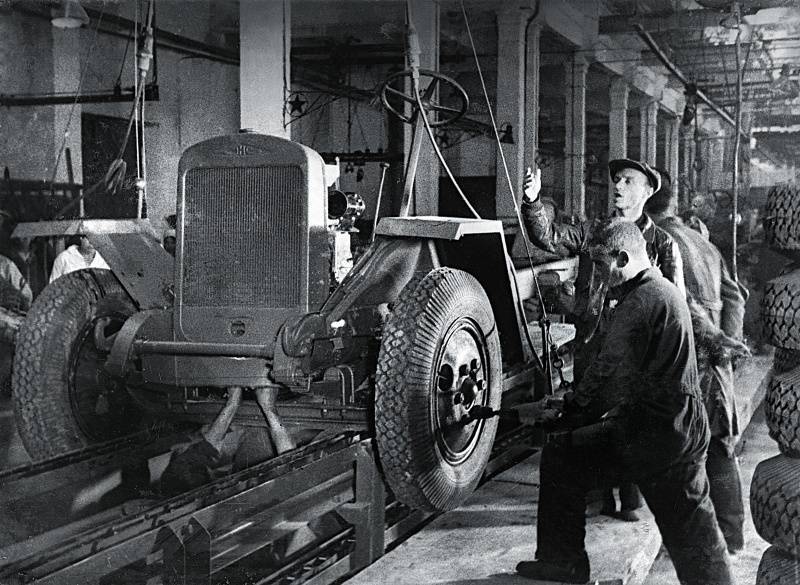
The first batch of ZIS - 5, consisting of 10 machines was assembled in June of the 1933 year. The 5 of October 1 of the year without preliminary assembly of the prototype was delivered to the ZIS-1933 conveyor. The simplicity of the design allowed to start the assembly, without any major disruptions. Serial assembly of the new car was launched in the shortest possible time.
The design of the "three-ton" (this nickname ZiS-5 received by the people, the troops also called it "Zakhar Ivanovich") was a classic for that time. The design was developed practically from scratch by AMO-ZIS engineers: Vazhinsky EI, Lyalin VI and Strokanov B.D.. The main emphasis in the development of steel were the simplification of the car and the improvement of maintainability. In addition, it was necessary to improve the quality of operational characteristics - an increase in the terrain and carrying capacity of the car.
Engine capacity has been increased to 5,55 liters, and power is forced to 73 HP. Also redid the radiator and air filter, modernized the carburetor. Both axles, the propeller shaft, the gearbox and the frame were changed. On the rear axle significantly increased ground clearance, the front brakes were replaced with a mechanical drive. Cabin ZiS-5 was significantly different from the cab predecessor. On the truck it was made without the canvas sidewall.
During the war years, the production of cars was constantly increasing. If in the first month there were only six or seven cars a day, then after a while the number was already tens and hundreds. The truck has proven itself on the roads and quickly gained a reputation as a reliable and unpretentious technology. As a rule, they were loaded on ZIS-5 4-5 tons, even though the car was designed to carry three tons. Despite the constant overload, the car was calm, without strain. Improved performance was achieved through the installation of low-speed engine. Traction capabilities of the ZIS-5 are very close to all-wheel drive trucks (due to the increased cross-country ability, the car could be used on roads of any category all year round).
Insufficient torsional rigidity of the carrier frame (a small omission in the design) played to increase the maneuverability, since the wheel travel increased when overcoming the irregularities. The upgraded engine was launched without any problems at low temperatures, and any low-grade gasoline was suitable for its operation. In curb condition, the truck could tow a trailer weighing up to 3,5 tons. The run to the first overhaul was 100 thousand km.
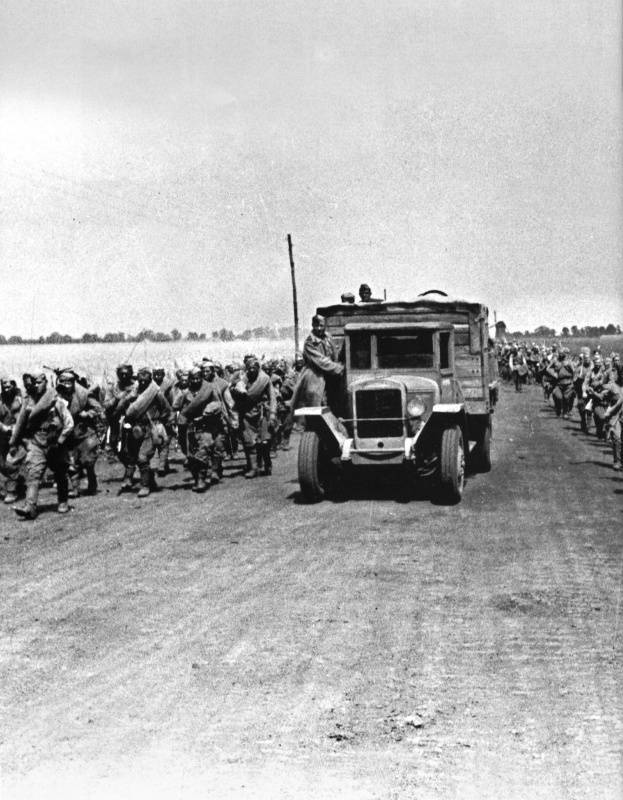
During the Second World War, the design of the ZIS-5 truck was greatly simplified. Wood and plywood were used for the production of the cabin, and the wings began to bend out of rolled products (stamping was used before the war). Brakes were removed on the front wheels. The same fate befell the right headlamp. The number of folding sides reduced to one. At the end of the war, the pre-war equipment was partially restored.
In 1946 — 1948, the transitional (to ZIS-150) model ZIS-50 was produced. This machine was equipped with a ZIS-120 engine (hp deformed to 80). Fuel consumption was 30 liters per 100 km. Considering all the modifications (25 modifications were developed from which 19 were put into production), the production of this model continued until 1958, and if we consider the deeply modernized Ural ZIS - 355M - to 1965.
ZIS-5 was also exported to other countries. For example, in 1934, a batch of 100 pcs. 5 was sold to Turkey. The export version of the ZIS-5 was distinguished by a nickel-plated radiator and the presence of a bumper consisting of two nickel-plated steel strips. Later, a modified ZIS-14 with an extended wheelbase and a ZIS-8 bus were exported. In 1930-ies, VMS buses and trucks were exported to Afghanistan, Iran, Iraq, China, Spain, Lithuania, Latvia, Romania, Mongolia, Estonia and Turkey. A fairly large ZIS park was formed after the Soviet-Finnish war in Finland, and of course, in the territories of the USSR occupied by Germany occupied in 1941 — 1944 by Germany.
Modifications:
ZIS-5В - simplified modification of wartime;
ZIS-5U - modification with anti-aircraft machine gun on a special turret in the back;
ZIS-5US - had a device for suspension stretcher;
The ZIS-6 is a six-wheel all-terrain truck, with a payload capacity of 4 tons. In the summer-autumn 6 of the year, the first installations of the multiple launch rocket launcher BM-1941, BM-13 “Katyusha” were installed on the ZIS-8 chassis. In 1935, the ZIS-6 “Lux” experimental buses were assembled on the ZIS-6 chassis; in 1939, the heavy armored car BA-6 was built on the ZIS-11К chassis;
ZIS-8 - bus;
ZIS-10 - tractor unit, load capacity 3,5 tons;
ZIS-11 - extended chassis for fire fighting vehicles;
ZIS-12 - elongated special purpose chassis;
ZIS-13 - gas generator modification on the chassis ZIS-14;
ZIS-14 — special purpose chassis;
ZIS-15, ZIS-15K is an upgraded truck designed to replace ZIS-5. Notable for a sleek cab and tail, elongated and reinforced frame, improved engine and increased gas tank;
ZIS-16 - city bus;
ZIS-16C - ambulance bus;
ZIS-19 - construction dump truck;
ZIS-21 - gas generator modification;
ZIS-22 - semi-tracked truck with carrying capacity of 2,5 t;
ZIS-22M - modernization of a half-track truck;
ZIS-30 - gas cylinder modification;
ZIS-32 - all-wheel drive truck;
ZIS-33, ZIS-35ш - removable half-track propulsion kits;
ZIS-36 — all-wheel drive six-wheeled truck;
ZIS-41 - gas generator modification of a simplified design;
ZIS-42, ZIS-42М - semi-tracked truck with a load capacity of 2,25 t with a new design of tracked propulsion;
ZIS-44 - ambulance bus;
ZIS-50 - modification of ZIS-5В equipped with a ZIS-120 engine (hp 90 power);
AT-8 is an experimental artillery tractor having a twin power plant of ZIS-16 engines and a caterpillar propulsion unit from tank T-70;
The AT-14 is an experimental artillery tractor with a dual propulsion system from ZIS-5MF engines.
LET - experimental electric car;
ZIS-LTA - semi-tracked logging vehicle.
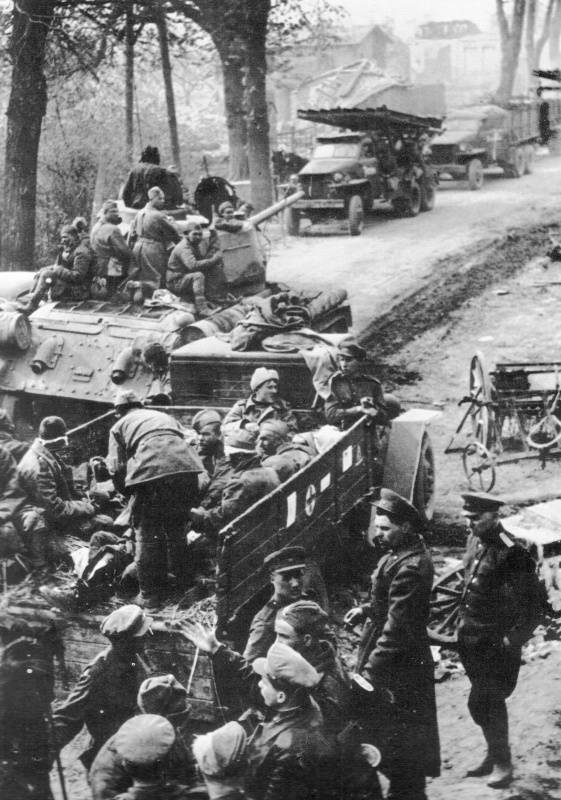
Specifications:
Year of manufacture - 1933;
Mass - 3,1 tons;
Dimensions
Length - 6,06 m;
Height - 2,16 m;
Width - 2,23 m;
Engine - carburetor ZIS;
Power - HP 76;
Speed on the road - 60 km / h;
Power reserve - 200 km;
Total produced - about 532000;
Crew - 2 person.
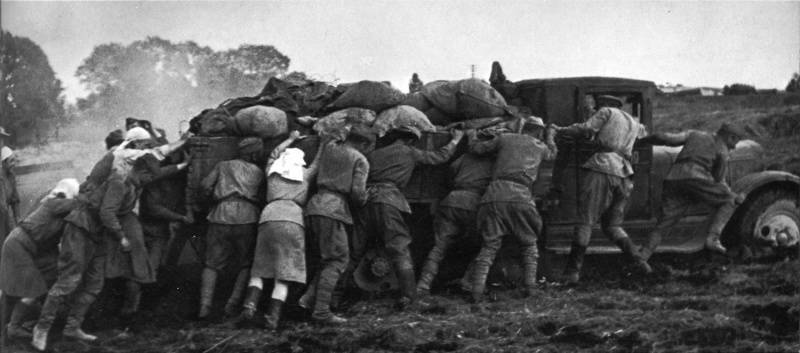
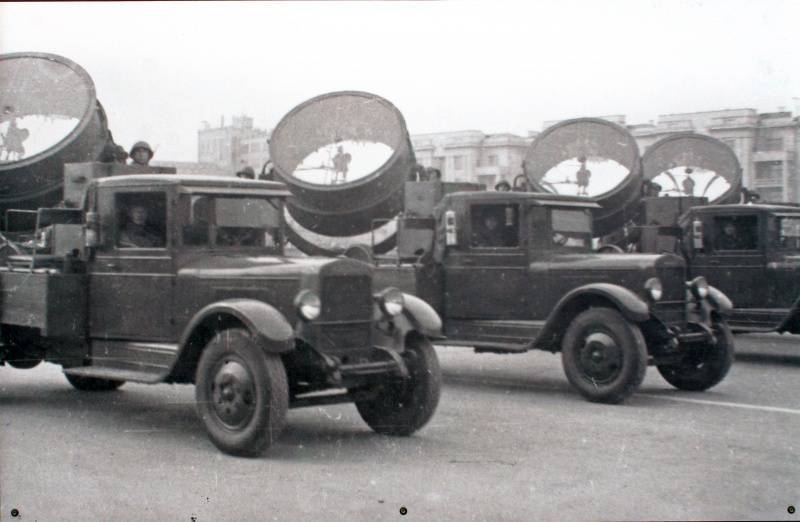
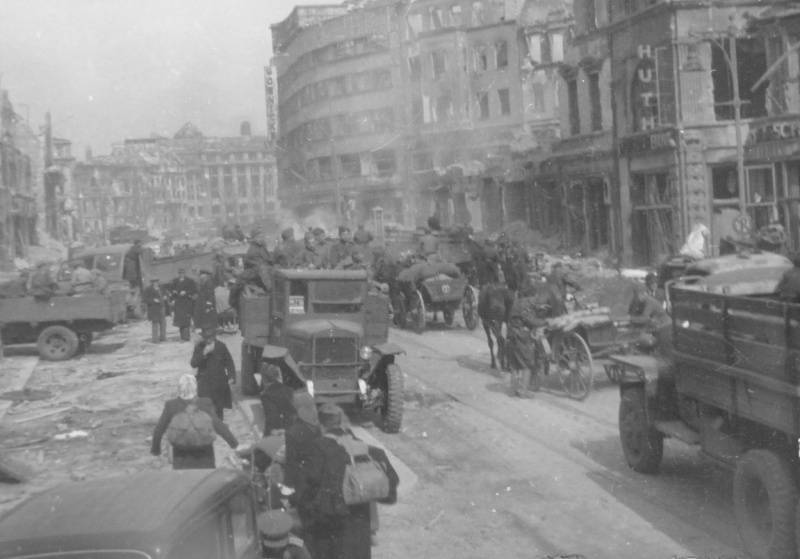
Based on materials:
http://hobbyport.ru
http://www.battlefield.ru
http://litnik.pp.ua
http://russianarms.mybb.ru
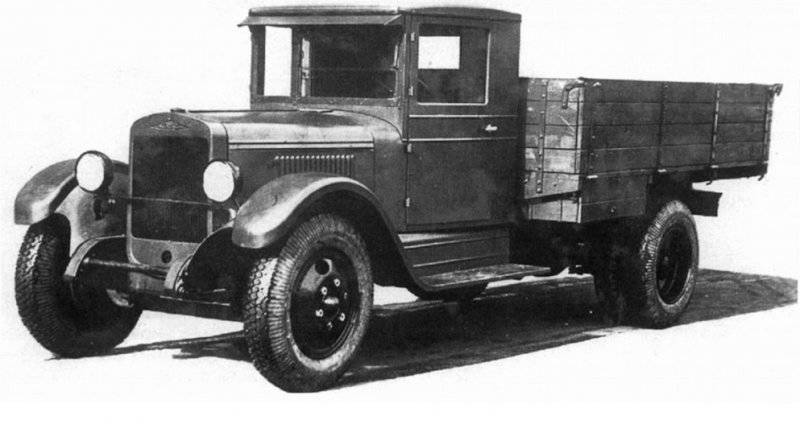
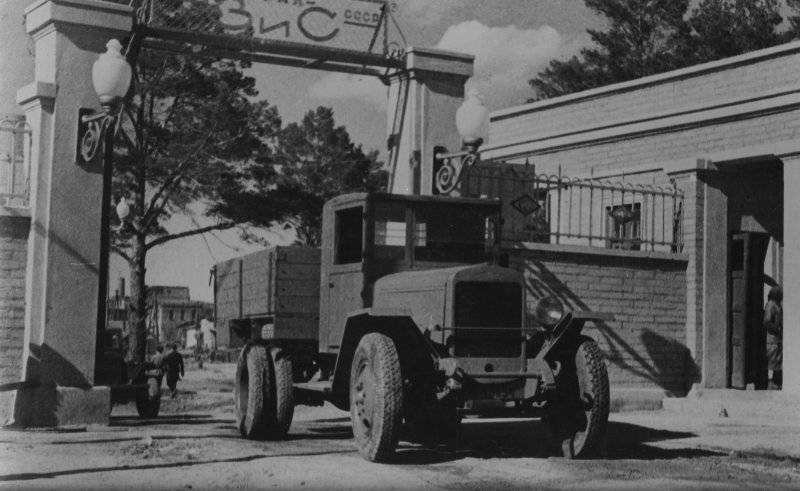
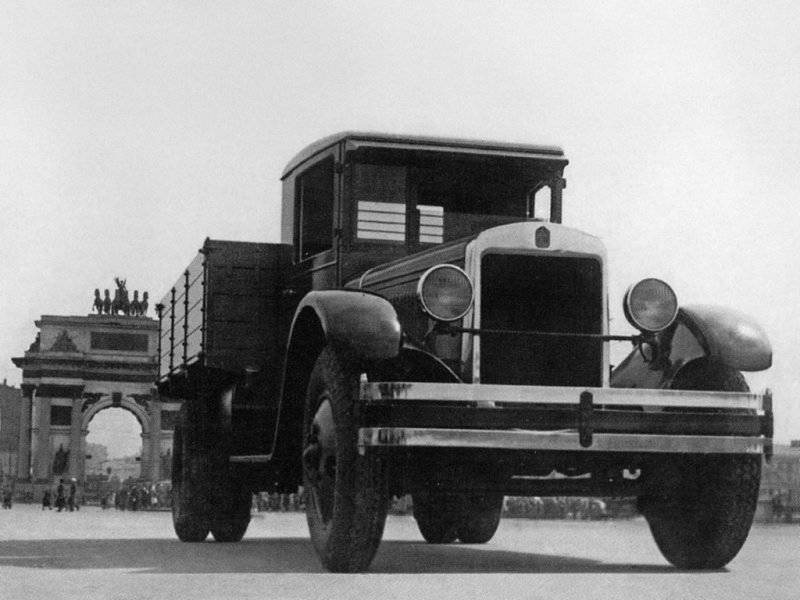
Information